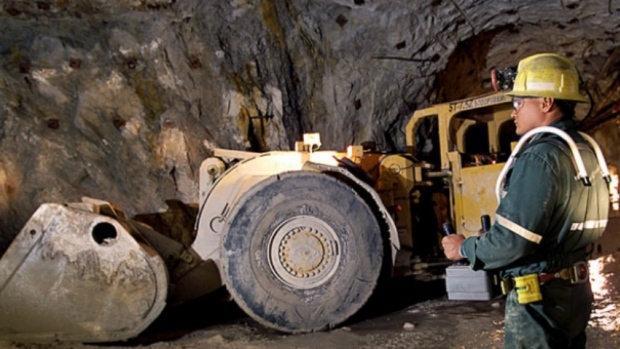
Canada’s Role and Responsibility on the International Stage
Canada’s expertise in mining and mineral development dates to the earliest days of our country, with the establishment of the Geological Survey of Canada a quarter-century before Confederation and with a first mining settlement in the Sudbury region in 1883. In the ensuing decades, wealth has been created in many other regions of the country – from gold in Quebec, base metals in Manitoba and metallurgical coal in BC to oil sands in Alberta, uranium in Saskatchewan and diamonds in the Northwest Territories. This activity generates significant employment, supplier relationships, tax payments and other benefits. In 2008, for example, the industry benefited over 3000 supplier companies and paid over $11 billion to governments.
Canada’s mining industry plays a similar role internationally, with large global footprints being established by many companies. While our international presence grew most significantly after the wave of global nationalization sentiment diminished in the 1980s, there are examples of earlier investments such as Noranda’s gold mining interests in Nicaragua dating to the 1930s. Investment abroad by the Canadian mining industry has grown five-fold in two decades – from a stock of $13 billion in 1990 to $67 billion today. Companies such as Barrick, Breakwater, Kinross, Inmet, IAMGOLD, Teck and Carneco have operations in dozens of countries, including the US, Peru, Chile, Panama, Argentina, South Africa,Australia, New Guinea and Tanzania. Almost 5000 mining projects outside of Canada are being financed through the Toronto Stock Exchange. This hub of expertise and wealth creation is something that all Canadians should be proud of.
Mining activities have never been, nor will they ever be, environmentally benign. The process of extracting ore from rock, where the ore may constitute only 1% or less of the volume, poses many technical challenges. Similarly, the process of turning raw concentrate into a 99.99% pure metal also poses a long list of challenges, many of which have environmental considerations. Society needs this purity of metal for use in cellphones, aircraft, computers, solar energy technologies, medical equipment, and the host of other products used by social groups, environmental groups, businesses and average Canadians. The Canadian mining industry has strong expertise in minimizing and managing the environmental risks and also draws upon global networks and information sharing to fill gaps in knowledge where they exist. Within MAC, we facilitate a regular dialogue on environmental and social issues through several committees and well-respected organizations dealing with acid rock drainage, abandoned mines, and other issues.
MAC and its members also show commitment to sustainable development principles through adherence to the widely-respected Towards Sustainable Mining (TSM) initiative. The consultations, measurement, reporting and verification associated with TSM is a mandatory condition of membership of MAC – and addresses areas such as Aboriginal relations, tailings management, energy efficiency, biodiversity, crisis management and health and safety It is important to note that operations in developing countries can bring added layers of complexity, involving transporting product to the market over inadequate infrastructure, working with environmental and tax regimes that may not be fully formed, and drawing upon labour that may not have advanced mining skills. Canadian companies work within these situations and there is a long list of social investments and capacity-building commitments that have been made by our companies, generally documented within their Corporate Social Responsibility reports. Individual companies are active in helping pay for schools, roads, electrical grids, hospitals, clinics, school breakfast programs, community buildings, child health and nutrition programs and a range of other social investments.
Beyond these CSR investments, the international operations of Canada’s mining and processing industry are regulated at numerous levels. Companies seeking financing to build projects are guided by rules espoused by financial institutions such as Export Development Canada, the World Bank and the Equator Principles adopted by commercial banks. Companies dealing in dangerous substances are guided by realities such as the Transportation of Dangerous Goods Act, the Basel Convention, and the International Cyanide Management Code. The practices of many companies are guided by the UN’s Global Compact, the Extractive Industries Transparency Initiative, the Devonshire Initiative, the Kimberly Process, ISO 14001 certification and other targeted sustain-ability programs. Many companies have Impact Benefit Agreements in place with local Aboriginal groups. The Mine Environment Neutral Drainage Program and the International Network for Acid Prevention shape the practices and technologies being adopted to minimize acidic leaching challenges. All of these measures and initiatives, and dozens of others, are in addition to the laws, regulations, permits, and enforcement mechanisms that exist in host countries.
Canadian mining companies are world leaders in working within host country laws, in making local and regional CSR investments, and in adhering to guidance contained within a number of international bodies. Companies are fully aware that strong community relationships are essential for a productive, profitable, sustainable and socially responsible mining operation.
By: Gordon Peeling








